Well insulated for the winter hive is a guarantee that the bees will safely survive the cold and again begin to their spring work. Selection of high-quality materials and hard work will help provide excellent medical care next year. In this article we will tell about the peculiarities of the insulation of the hive with their own hands.
We choose the material
Types of insulation
Consider with what you can make insulation hives for the winter:
- hay;
- wood sawdust;
- dried foliage;
- needles from coniferous trees;
- dry moss;
- cotton;
- tow;
- fire;
- luzga;
- straw;
- felt;
- foam
- styrofoam.
Features of materials
All of the above insulation have different properties. When choosing a suitable option, you should pay attention to the following points:
- Availability. Most often, the butchers prefer to use those means to get that easier and cheaper than everything. These, for example, can be attributed to the straw, pass, moss, hay, reed, etc.
- Thermal conductivity. Each insulation has different ability to maintain the desired indoor temperature. Before equiping a hive for the winter, carefully examine this property for each individual material.
- Gigroscopicity. It is believed that the more this indicator, the worse the insulation, since the absorption of moisture is negatively affecting its thermal conductivity. The least water permeable material is the penx panel.
- Structure. It is best to choose a tool that has good elasticity and does not fit over time. Such insulation includes palable, fire and dry moss - they will be able to maintain a comfortable microclimate in the hive throughout the winter period.
- Attractiveness for rodents. Some materials, for example, straw, husk and meakin, are an appetizing food for mice and rats. So that these animals penetrate the apiece, it is better to use the fire, cotton or felt. The last two options, however, will cost the beekeeper not cheap. Sometimes needles of coniferous species of trees add to the material to scare the rodents.
Top and side insulation hives
To ensure a comfortable microclimate in winter, the bee house should be insulated from all sides. It is possible to cover the top and the sides of the design using special pillows stitched from burlap and filled with the desired material. As such, a package, wool, moss, etc., after packing pillowcases, you need to crawl, it will help the insulation evenly allocate throughout its space and not to get into the lumps.
The lateral sides of the structure can be insulated with special partitions, which are a frame that included in the hive. Sometimes the walls are clogged with burlap or thin plywood sheets, free space between which is filled with the necessary material.
In this way, the design cover can be inspired. To do this, make a wooden frame from the plates with a cross section of 8x10 cm, cover it with a durable thick cloth and fill the free space by cotton, sawdust or something else.
Ways to prepare bee houses to wintering
Warming of hives of foam
Very biggest popularity in our time, such material is like a foam. It is easy by weight and easy to install, does not possess any odor and does not represent danger to the inhabitants of the hive. The foam decoration is carried out in a short time, and the insulation itself distinguishes the following positive qualities:
- good ability to maintain the desired temperature indoors;
- low weight that provides mobility of the hive;
- high strength;
- no need to use additional insulation blocks, canvas and pillows.
The disadvantages include the fact that the foam does not absorb moisture completely. As a result, the condensate on the walls flows into the dwelling floor, activates the activity of bees, and this, in turn, leads to an increase in the amount of food eaten.
Warming with fibrous means
Fibrous materials are the most popular appearance of the insulation. They are used for stuffing pillows, which are subsequently fixed at the top and on the sides of the design, as already mentioned above. Pacle is considered the most optimal option, and the cannabis variety is preferable to linen. Conductable panel has bad hygroscopicity, slowly rotates and is able to last for a longer time.
Use of primary materials
The most budget and affordable version of the thermal insulation of the hive. As a heater, you can take everything you like: dry leaves, rags, old clothes, hay or straw. In the event that any of the above is present in your farm, the preparation of the apiary for the winter will cost you almost free. However, there are our pitfalls:
- most cheap and easily accessible materials do not have durability, they quickly glorify and form emptiness through which cold penetrates in the hive;
- straw, hay and dry leaves attract mice - worst enemies of any beekeeper.
Read more about Pillows for insulation hives
Consider some subtleties in the application of this method of heat insulation of bee housing:
- The size of the top cushion must match the internal parameters of the piercing.
- The side mats should be done with such an area so that they can lay down to the front and back side of the design and at the same time close the space from the roof to the bottom of the hive.
- In order to in the nest, the condensate is not formed, can be placed under the roof of the foam sheet with a thickness of 3-5 cm.
- For the top of the hive, a fragment of a foam rubber is sometimes used in combination with a thin pillow of cotton.
- In some types of housing, porous mattresses are used, which accumulate condensate. As they are moisturized, they are simply replaced with dry.
- As a filler for insulation mats, reed is perfect. It actively evaporates water, supporting the desired humidity inside the design. For use, both dry stalks of the plant and its panicles are suitable for use.
- In the spring and autumn period, special attention should be paid to the quality of the upper insulation. It should be dense enough so that the temperature inside the nest remained comfortable for those living there. This can be implemented using a tissue or adhesive canlating, on top of which a layer of felt is mounted or wool.
- You can fill the pillows with materials from old clothes and mattresses.
- An excellent filler for the mat serves a dry moss. It is available, does not require financial costs, but at the same time has the ability to maintain the right humidity inside the hive.
Warming hives, video:

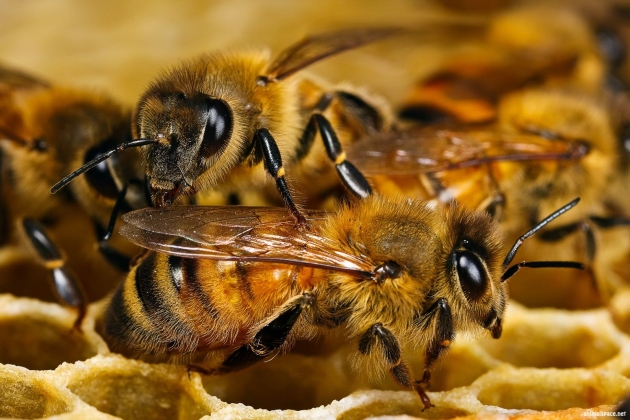
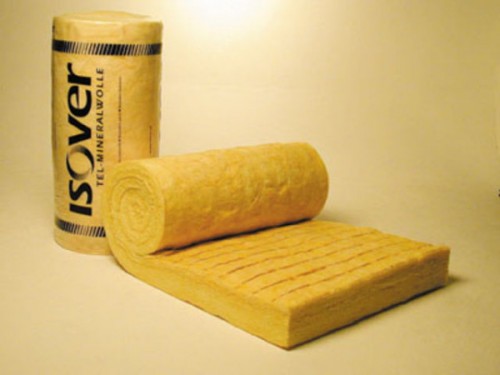
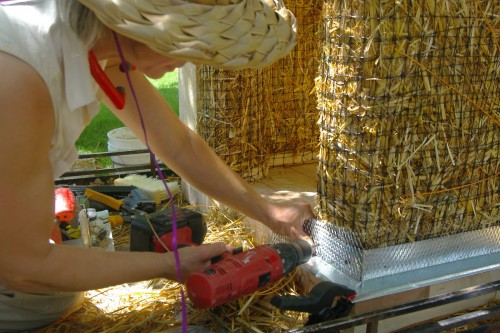
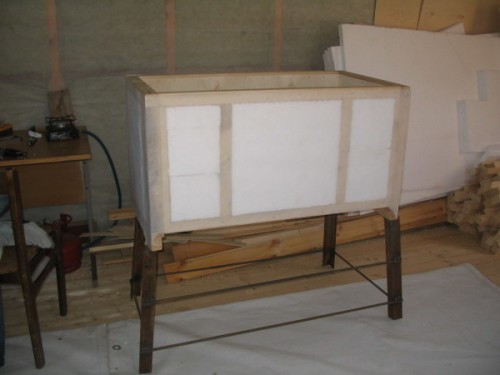
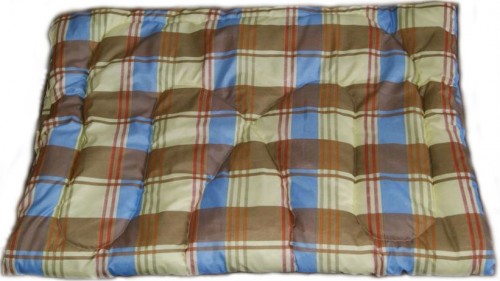
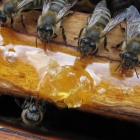
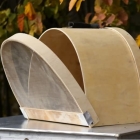
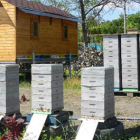
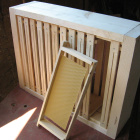
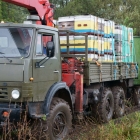
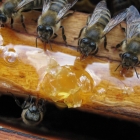
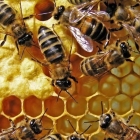
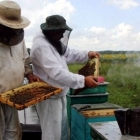
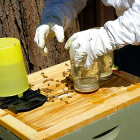
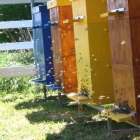
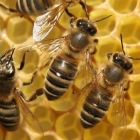
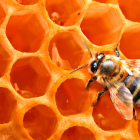
 Start a discussion ...
Start a discussion ...